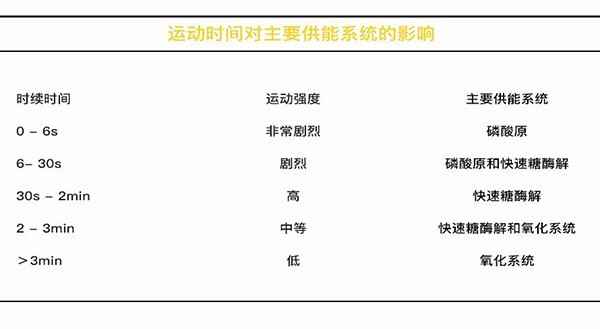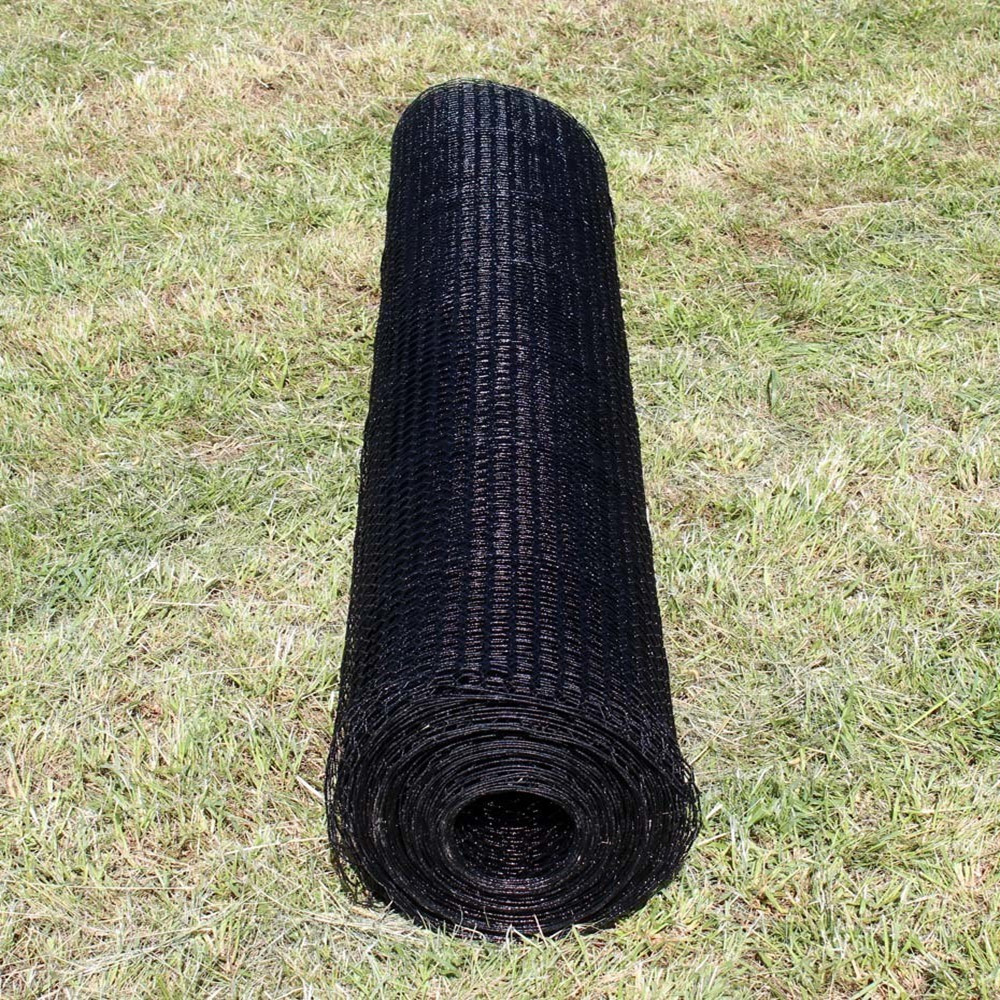
Friends of fitness encounter some confusion: What is aerobic exercise? What is oxygen free? Did you run for 20 minutes before starting to consume fat? Why do strength training before aerobic training?

If your muscle tyrant's friends use "anaerobic exercise is to lift iron" to talk to you about fitness experience, maybe he just moved bricks??
Aerobic and anaerobic
The reference to "aerobic" and "anaerobic" is very lopsided if you simply use the example of running and strength training. If everyone thinks that squats are anaerobic exercises, then after 20 or more times, the heart rate reaches the aerobic heart rate range (about 130-160). So is squat aerobic?
If jogging is aerobic exercise, are 20-minute jogging and 10-second sprinting aerobic exercise? So why is the difference in body size between marathon runners and Bolt?

Therefore, aerobic and anaerobic can not be used as the basis for the difference only with exercise items and exercise time.
The definition of aerobic and anaerobic exercise is based on the proportion of the energy supply system in the body during exercise. Whether a certain training is aerobic/anaerobic training depends on exercise intensity (its quantified standard is the result obtained by real-time heart rate monitoring), and the length of exercise is also an important reference condition.
Three energy supply systems
When the body starts exercising, under the sympathetic nervous system, the heart rate rises, the blood pressure rises, most of the blood is delivered to the muscles, the pupils are enlarged, and most importantly, the food is converted into energy form (decompose, release sugar and fat to Blood - catabolism). With catabolism, there is also natural anabolism. For example, the decomposition and synthesis of amino acids and proteins are stable at rest. The intermediate product it produces is ATP, adenosine triphosphate, which is the energy necessary for muscle movement and growth, just as currency is as important as the market.
Enter the topic: The three major energy supply systems of the human body.

1. Phosphoric acid system
An oxygen-free process, that is, it operates without oxygen.
In a short, intense exercise (0-30 seconds), the phosphophosphate system is the main energy supply system. It quickly releases ATP for muscle activity. Just like a huge bank loan, the body has a large amount of disposable With energy, you can complete very intense sports such as weightlifting, sprinting and more.

So our muscles can use larger weights (6-80% maximum weight) in muscle hypertrophy (3-8 movements), but we cannot use muscle endurance training (12 or more) This is done by weight, because the duration of a group of movements in muscle endurance training is longer, and the energy released by the phosphagen system is insufficient to support the muscles to complete such a strong training.
2. The glycolysis system
In the 6 seconds to 3 minutes of exercise, the glycolysis system participates in energy supply.
Decomposition of glycogen stored in muscle and glucose carried in blood produces ATP, which is glycolysis. Glycolysis is divided into rapid glycolysis and slow glycolysis.

In the absence of oxygen in muscle cells, such as resistance training, rapid glycolysis provides energy at a higher rate and the final product is lactic acid. When the lactic acid content is high, the muscles will fatigue. The rate of lactic acid metabolism is less than the rate of production, then it will lead to lactic acid accumulation, the increase of hydrogen ion concentration inhibits glycolysis reaction, and then affect muscle contraction. This is why the muscles have "exhausted" feeling after doing more chest pushes.
Slow glycolysis, also known as aerobic glycolysis. As the name suggests, under conditions of sufficient oxygen (low intensity, long duration), pyruvate produced by slow glycolysis enters the mitochondria and eventually produces energy through the oxidative system.

For example, in the course of a marathon or long-distance swimming, slow glycolysis produces lactic acid slowly, which can be metabolized in time and no accumulation of lactic acid occurs. This explains why resistance training is more prone to delayed muscle soreness than aerobic exercise.
3. Oxidation system
In a quiet situation, the oxidation system is the main source of ATP production. The main use is carbohydrate and fat energy. Walking, yoga, and aerobic exercise are basically powered by an aerobic system.

In quiet conditions, 70% of ATP comes from fat and 30% comes from carbohydrates. After exercise begins (greater than 3 minutes), as exercise intensity increases, energy substances shift from fat to carbohydrates. That is, at the beginning of aerobic exercise, the body first selects carbohydrates for energy supply. After a long period of steady exercise intensity, energy substances are converted from carbohydrates to fats and proteins.
In addition to prolonged hunger and prolonged exercise (greater than 90 minutes), proteins do not undergo massive metabolism. To sum up, during the 3-90 minutes of the beginning of the exercise, fats are all involved in energy supply, and it is not said that "running more than 20 minutes before starting to consume fat", as long as they move, fat is oxidized and metabolized.
Muscle friends look here
For the purpose of muscle hypertrophy as the main training, it is important to keep in mind the principle of "high intensity, long interval". The pro-phosphoric acid system and the rapid glycolysis system rapidly generate a large amount of ATP energy, which means that it takes a longer interval to synthesize phosphocreatine and re-supply it. The generally recommended interval between groups is around 3-5 minutes to ensure the quality of your next set of moves.
Fat loss friends look here
Exercise intensity keeps the heart rate at around 130-160 beats/min, which is the most favorable for continuous aerobic system energy supply. As time goes on, the more fat is decomposed.

So why do we need HIIT - high-intensity intermittent aerobic training?
HIIT strength, short duration, why lose weight and practice this? First we need to introduce the concept of an anaerobic threshold - 80% intensity exercise, and the average heart rate result for 6 minutes is the anaerobic threshold.

Anaerobic Threshold - Resting Heart Rate = Aerobic Window. The purpose of HIIT training is often to increase the anaerobic threshold, increase cardiac stroke volume, reduce resting heart rate, and increase aerobic recovery. From the formula of the aerobic window, the value of the aerobic window becomes larger after the anaerobic threshold is increased and the resting heart rate is lowered. To take a chestnut: Selene's resting heart rate is 60, the anaerobic threshold is 160, the resting heart rate is 55 after training, and the anaerobic threshold is 170. Then when I go for the same low intensity aerobics, I will advance into the aerobic range. The time to enter the anaerobic interval will become shorter. The original 20 minutes of aerobic time may be extended to 25 minutes. This extra 5 minutes is to burn fat instead of being powered by carbohydrates.

A simple sentence: want to reduce fat more efficient, low-intensity aerobic and HIIT, both hands, both hands should be hard.
Deer fencing is used to enclose small garden areas, backyard areas or complete perimeters with a solution for the driveway including deer grates.
An effective deer proof fence is completely invisible from a distance and strong enough to withstand pressure from deer and Other wildlife. We've installed, compared and tested just about everything; the materials available on our website are the same deer fence materials installers use for our customers.
Properly installed and designed deer fences can be used to keep deer out or in (there are farmers that raise deer on their farms) where deer fence height plays an important factor. These fences also work well for animal containment.
Deer fences also help control ticks and the diseases they carry, like Lyme Disease. University studies have shown that over 10 years tick counts were reduced by more than 90%. Some customers specifically install deer fencing for the purpose of tick control to keep themselves and their pets healthy. Ticks and the diseases they carry are very dangerous.

Deer Fence,Galvanized Deer Fence,Wire Mesh Deer Fence,Farm Field Deer Fence
Hebei Giant Metal Technology Co., Ltd. , https://www.hebeigiantmetal.com